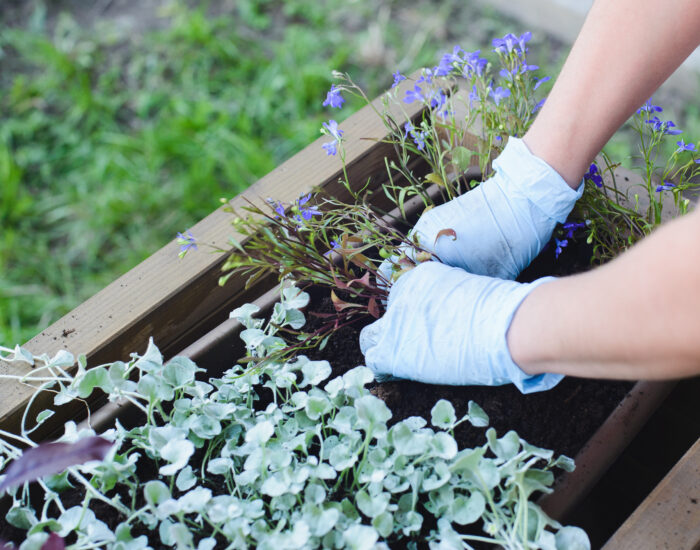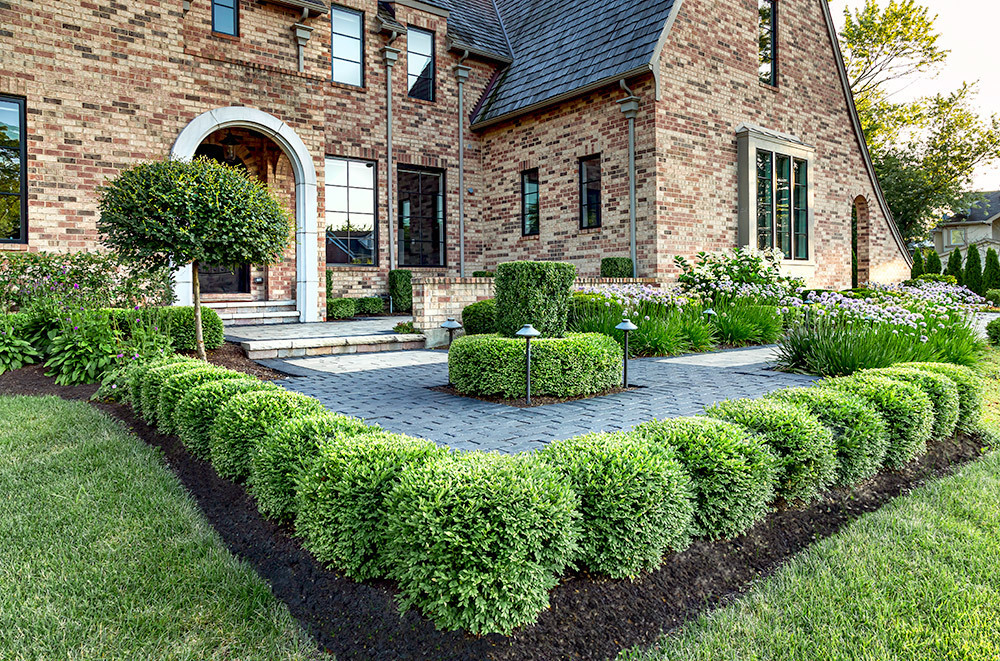March 4th, 2020
The Importance of Proper Plant Selection

When creating a landscape plan, it is important to keep plant selection in mind. Whether it be shrubs, perennials, flowers or trees, choosing vegetation to match your garden’s environment will lead to good health and long-term success.
The first step in plant selection is to locate your home’s hardiness zone using the USD Hardiness Map. Hardiness zones help gardeners and growers to determine which plants are most likely to thrive given the weather condition in their region. The best way to ensure your greenery will survive all year is to look for tag numbers in your zone or below.
Another element to consider is where your plant will be situated. All vegetation has its own sunlight and shade preferences and determining their ideal exposure is necessary. Here are some general guidelines…
- Northern exposure is great for shade-loving plants that thrive from little to no direct sunlight
- Southern exposure is the best for flowering plants who require constant sun all day long
- Eastern exposure experiences sun only during the mornings, making it fantastic for plants needing partial sun
- Western exposure is perfect for heat resistant plants that can receive full sun throughout the afternoon

Likewise, water availability, soil quality, and wind exposure should also be measured when evaluating site conditions.
Additionally, it is vital to pick out strong and healthy plants. While selecting vegetation, look for bright, well-proportioned plants in a large container. With pretty foliage and room for healthy root growth, you can almost ensure the success of your chosen greenery. Avoid any that are losing leaves, turning brown, or are asymmetrical.
A beautiful and prosperous garden requires careful planning and evaluation. Ignoring guidelines and environmental factors can lead to increased maintenance and overall plant failure. Choosing the right plants for the right place is an important first step for all types of landscaping.




